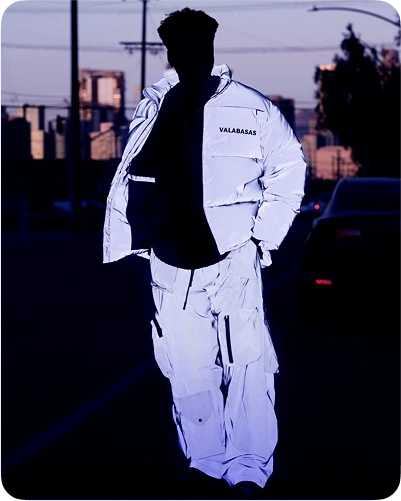What’s the recipe for viral content? Apparently, a pinch of meta-humor, a couple dozen influencers, generous online community, and one egg.
These are precisely the ingredients that were used to produce the most liked photo of all time on Instagram, a.k.a. The World Record Egg.
In under a few weeks, this stock photo generated over 50 million likes on the image-sharing application, fulfilling its mission to dethrone Kylie Jenner’s post of her baby (which held the record for more than a year with 18 million likes.)
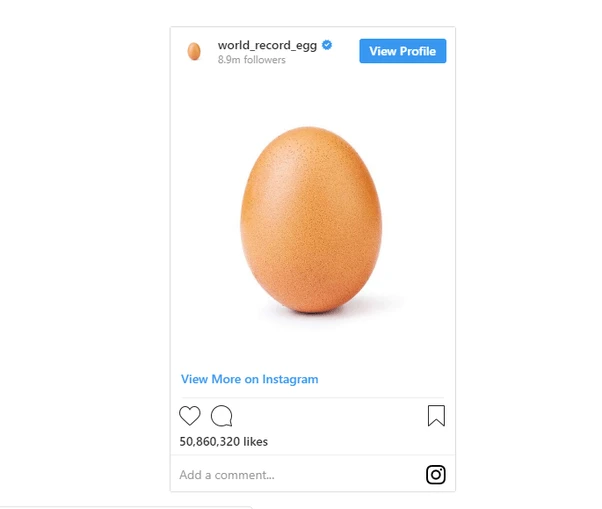
Here are the facts.
- The post went live January 4th, 2019
- The account currently has 8.9 million followers (and is now verified)
- This was the initial caption of the photo: Let’s set a world record together and get the most liked post on Instagram. Beating the current world record held by Kylie Jenner (18 million)! We got this #LikeTheEgg#EggSoldiers #EggGang
- The egg account was created by Chris Godfrey[1], a 29 year old British man who works with an advertising agency, and promoted by Ishan Goel, a 19 year old marketer of Indian origin
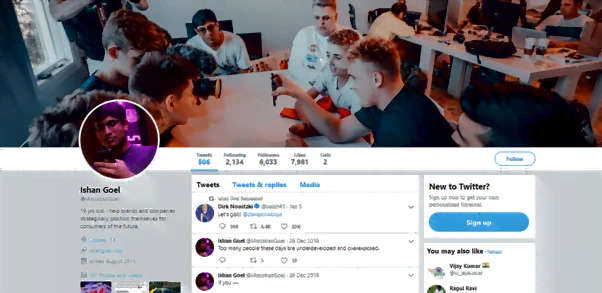
What do marketers need to know about the World Record Egg‘s success?
Call to Action + Reach + Word of mouth + Emotion = VIRAL
Call to action: A clear and simple call to action is crucial for inspiring audiences. The Egg rallied audiences to like the photo and beat Kylie Jenner’s record. Other viral content often revolves around “challenges” or implicates audiences to add to the conversation in some way. (Note: celebrities don’t have to leverage any call-to-action in their content in order to go viral because they already have an established reach…)
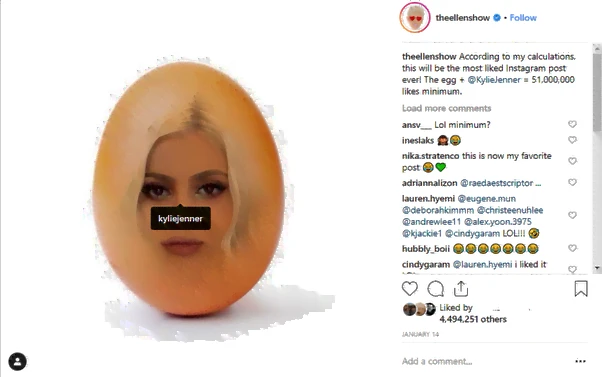
Reach: The egg account was created January 4th, 2019 and in a few short weeks managed to reach millions. As the creator explains, to reach larger audiences they had to engage both influencers (micro and macro) as well as press outlets from the get-go. How else would a brand-new account be able to reach so many people in such a short amount of time?
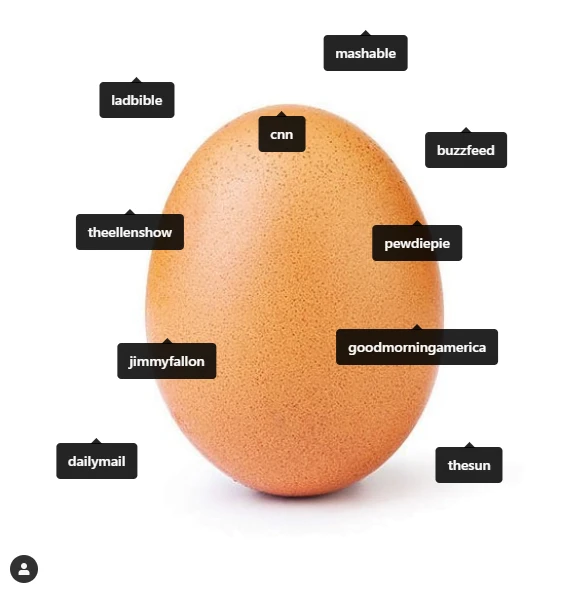
Word of mouth: In addition to implicating influencers, the egg was shared and promoted within online communities via Reddit and Instagram. The truth is, while influencers guarantee reach, it’s every day people that constitute the engagement. This crowd-sourced support was made possible thanks to dedicated hashtags (like #EggGang and #EggSoldiers) that users easily appropriated until they became veritable slogans. In a way, these types of identity hashtags are also a form of call to action – the act of identifying with a group (for example, #TeamPixel.)
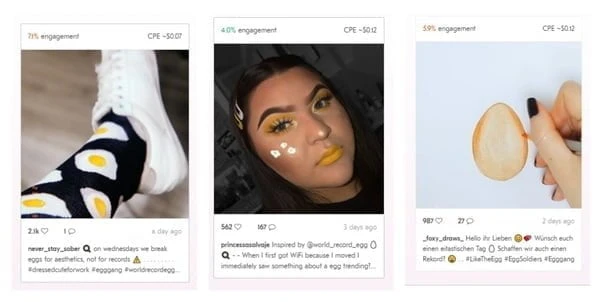
Emotion: This is the secret sauce of virality. It’s the hardest to predict what is going to be funny, moving, or socially relevant. It’s a variable that varies based on trends, timing, and often differs among communities. In this case, the egg reproduced the visual codes associated with meme humor. (A familiar format for youth but a new trend in marketing.) Google defines a meme as “An image, video, piece of text, etc., typically humorous in nature, that is copied and spread rapidly by Internet users, often with slight variations.” While memes come in many shapes and sizes, using a shutterstock photo is classic. Probably because it’s easy to take stock images out of context, attribute multiple meanings, and thereby reduce them to symbols. In any case, the ability to reproduce and modify memes makes them highly conducive to UGC (or user-generated content.) In this instance, the egg’s simplicity lent itself to a diversity of online re-appropriations (makeup tutorials, clothing inspiration, art accounts, jokes.)
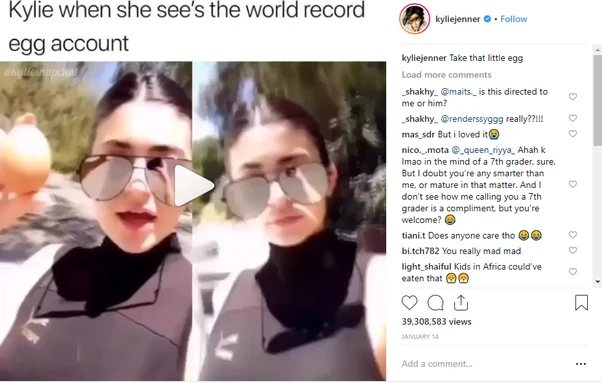
But what does the egg teach us about society?
The internet has a funny way of asserting its unity. In a way, the egg was meant to troll Kylie Jenner. Here, we find an unspoken commentary on what deserves to be popular and what doesn’t. It’s like a big, collaborative joke that says: “Kylie Jenner is no more newsworthy to us than a shutterstock egg photo.” And there is a certain joy in coming together to accomplish something. In the creators own words,
“The idea that an inanimate object can connect so many people is a testament to the fact that people love to root for the underdog. Celebrities wield so much power and influence, and an egg uniting so many people is a powerful commentary on social media’s impact on society today,” – Ishan Goel
What is the future of the World Record Egg?
The egg itself is part of a series of posts… we can see where this is heading:
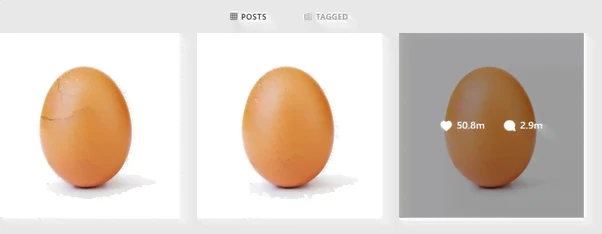
What does the data say?
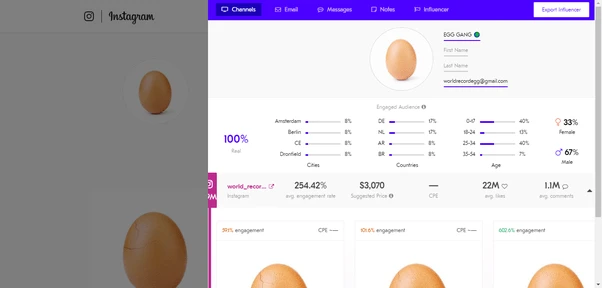
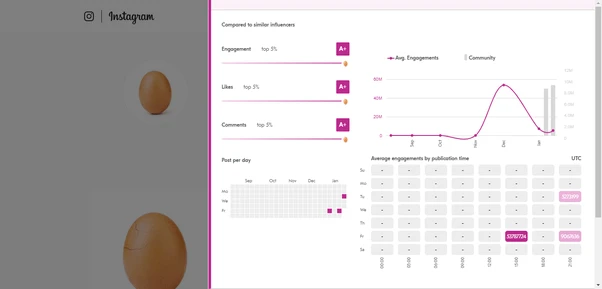
So what are your thoughts on the egg? Feel free to share in the comments.
Thanks for reading!
This article was adapted from an original Quora post by Vivien Garnes, CEO at Upfluence.


